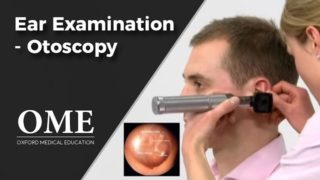Egophony Breath Sounds – Physical Exam
Egophony is an increased resonance of voice sounds heard when auscultating the lungs, often caused by lung consolidation and fibrosis. It is due to enhanced transmission of high-frequency sound across fluid, such as in abnormal lung tissue, with lower frequencies filtered out. It results in a high-pitched nasal or bleating quality in the affected person’s […]





Do you have to compare, listening using the ladder technque, left, right, down, left and so on?